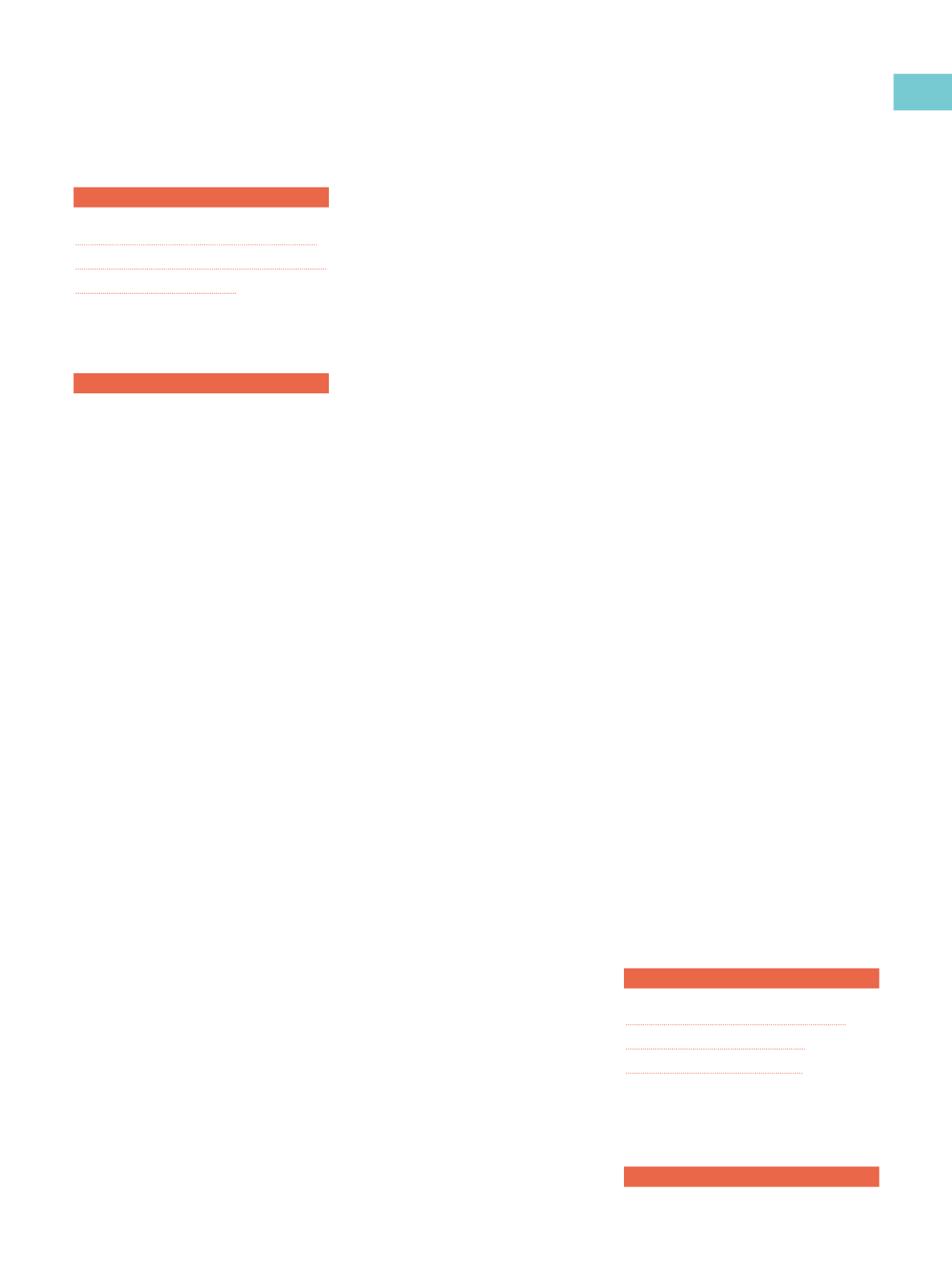
Again, it is about learning and sharing to
change the way ASW’s “corporate brain”
thinks. Mr Jarvis explains, “Each business
unit has its own analytics account, but eLab
can see the total view. So we can make a
comparison, say, of why the time spent on
the website for Kruidvat in The Netherlands
is different from the time onsite for
Superdrug.com. And then we can dig into
the real details underneath that are causing
that. We can take that learning and spread
it across our business units.”
The way in which the team works is different
as well. Walls were physically removed from
the eLab area to promote cross-functional
thinking. And their methodology looks
suspiciously agile. Mr Jarvis describes it as
a “test-and-learn process”.
The eLab section quickly began to get
results, with 2016 e-commerce sales
growing by 47 per cent and with over
200 million smartphone app downloads.
In two years, the team has grown from
60 people to more than 200 worldwide,
based in Hong Kong, London and Milan.
New people, new jobs and new thinking are
paying off.
>>
SPHERE
#42
2017
15
The brain has more plasticity than
previously expected. It can change.
And so can companies.
It is about learning and sharing
to change the way ASW’s
“corporate brain” thinks.
Like evolution, Agile thinking emphasises
a rapid run of trial and error with careful
pruning to promote promising ideas and
quickly kill off less fruitful efforts. A 1998
Harvard study showing the failings of pre-
planned software design and rollouts led
to the publishing of the Agile Manifesto in
2001. From software, the concept spread
into other areas of technology development
– including telecommunications.
Mr Berndt explains, “With Agile methods
you opt for adaptation rather than
prediction. For short iterations rather than
lengthy planned phases. For short feedback
loops and direct communication rather
than communication through documents
and waiting for a project to finish to show
the outcome.” While this may sound
alien to many used to long, drawn-out,
document-driven planning, it would sound
familiar to evolutionary biologists and
those who study learning at the level of
the neuron.
Successfully implementing Agile
development requires a shift in corporate
structure, understanding of job roles
and recruitment. One branch of Agile
philosophy uses Scrum – an iterative and
incremental framework of development that
allows developers to change their desired
outcomes and targets. This goes against the
grain of traditional project management.
But it allows for fast development of
robust technology solutions, rather than
commitment to a plan that doesn’t allow
for correcting hidden flaws or response to a
changing environment.
The leader of such a team isn’t tracking
traditional progress and ensuring
compliance, but rather is coaching
team members to excel in their areas of
expertise. Mr Berndt outlines the role of
this special leader – The Scrum Master.
“The Scrum Master is not the manager of
a team or the chief. The Scrum Master is
making sure that the Scrum methods are
applied correctly. They are coaching the
team and removing any impediments to
raise the team’s performance.”
Finding people to work in these new ways
is not easy. Mr Berndt emphasises that the
old “pick and train” for skills doesn’t quite
fit in this scenario. “In a change like this,
it is actually more important to manage
emotional rather than cognitive factors.”
But with fluid targets, the question arises
of how the firm can ensure anything of
value comes of employing these valuable
and expensive assets. Mr Berndt has to
keep one important target in mind when he
hires: the customer.
“If we have to hire staff, we make sure that
it’s a cultural fit and that even if it’s a role
in software development, the person has
a focus on providing value to the customer.”
This way of working started at
3
Austria
with 60 people split across four teams.
Mr Berndt explains it normally takes two to
four years to “really become agile”. However,
the team is successfully implementing a
new CRM system (a process fraught with
difficulty in many companies), has changed
how star programmers collaborate, and
has reduced the documentation needed in
Business Requirement Specifications with
clients. All in all, a promising start.
3
Austria isn’t the only team that has had
to change its thinking. A S Watson Group
(ASW), now comprising over 13,000
stores, has mastered the O2O world of
retail – online to offline. While the stores
are a crucial part of its business, many
customers are shopping online. With over
65 million customers a week, many of them
rarely set foot in the stores.
O2O
Dan Jarvis is the General Manager, Group
eCommerce for ASW Europe. In late 2014,
the retail group set up their eLab to drive
innovation in e-commerce. Since then, they
have grown, hiring professionals skilled
in digital marketing, including design,
graphics, coding and user experience
analytics. They work not only to drive
online shopping, but to understand the
whole consumer user experience.


